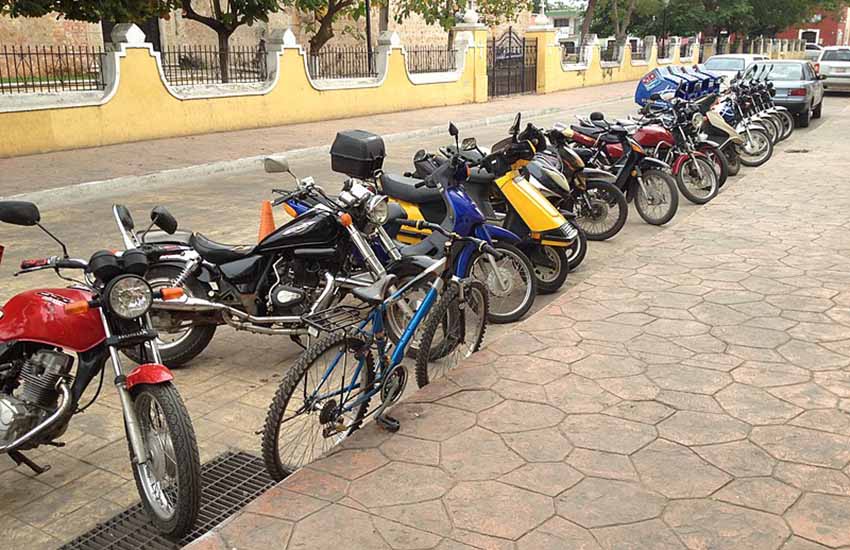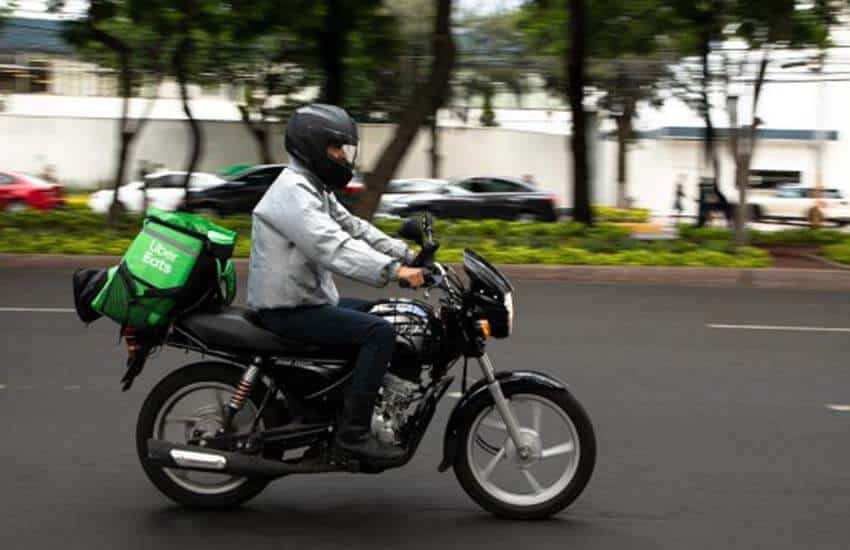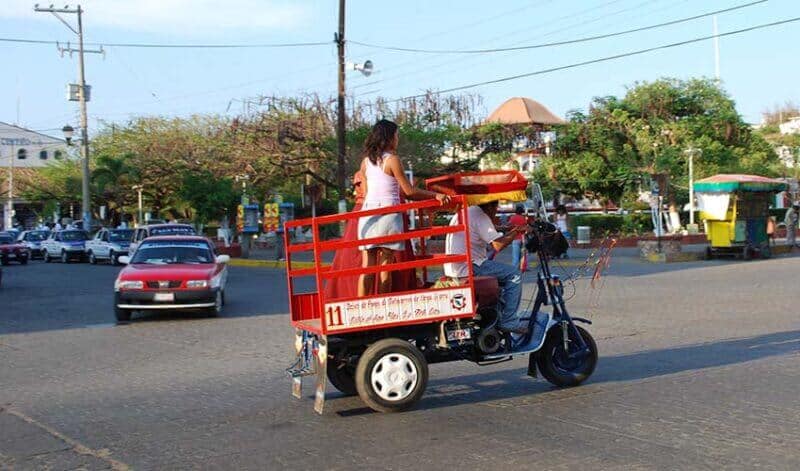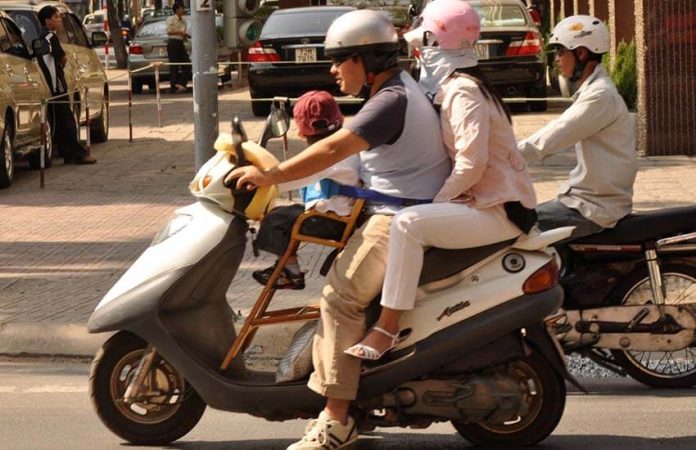I was surprised to see hardly any motorcycles when I first came to central Mexico in 2003. After all, the temperate weather in most parts makes them far more practical than in places like New York. But it is only in the last few years that I have noticed a significant number of motorcycles on the streets of Mexico City.
I’m not the only one, and it is not just in Mexico City that this has happened.
Scooters (motonetas in Mexican Spanish) and small-engine motorcycles are becoming a significant part of Mexico’s major urban areas. They can be seen in smaller cities and even more rural areas.
Mexico’s statistics agency Inegi says there are about five million motorcycles registered in Mexico, with numbers increasing by between 10% and 20% each year. Growth began as early as 2003 but has really taken off since 2013, in large part due to the rise of delivery services. In fact, small motorcycles are sometimes classified as “deliveries” (using the English word).
With numbers doubling and tripling, most motorcycles are found in Mexico City, Guadalajara and Monterrey. But coming in fourth is the Yucatán Peninsula with a fairly long history of using these small bikes for everyday transportation.

The impact of food delivery services such as Rappi and Uber Eats is best seen in central and northern Mexico, which did not have a culture of urban motorcycle riding. But only 15% of small motorcycles are used primarily for this work. Many are used now as general transportation.
They are far less expensive than cars, take up less space, are agile in heavy traffic and fare far better on gas mileage — no small thing, given fuel prices these days. In Mexico City, small motorcycles face fewer hoy no circula driving restrictions, which aim to combat the city’s notorious smog, and none if the vehicle is electric.
Mexico’s “discovery” of motorized two-wheeled transportation has caught the attention of foreign makers. They have become a bigger share of companies such as Yamaha and BMW, who have sold these and larger bikes for years, but new players are looking to take advantage of the lower-end market.
These include Chinese maker Tayo Motorcycle Technology and Indian maker Bajaj. CEO Olaf Sarabia González says Bajaj México’s interest comes because the country has a much higher population than Chile and much more room to grow than in Colombia, two Latin American countries where the brand has had success.
By far, the major Mexican brand of small motorcycles is Italika. Their motonetas and deliveries can be found all over the country, even for sale in supermarkets and department stores. At its Toluca, México state, plant the company produces over 650,000 units annually, mostly vehicles with 125cc and 150cc motors.
Specialty motorcycles have been around for some time in Mexico, often working as mini-taxis and small delivery trucks. Ecatepec, México state-based Muevetec specializes in these vehicles, and their business has increased significantly because of the pandemic.

Their most popular vehicles are three-wheeled moto-trucks. These are built-to-order, almost always for small businesses such as food trucks and mobile pet grooming and used for hauling everything from drinking water to dry cleaning.
The custom-made concept is important, says cofounder Roberto Sánchez, because they can tailor the vehicle to customers’ needs and the idiosyncrasies of Mexican roads.
But the rise of economical motorcycling isn’t without its problems. The main one is the high rate of accidents, tripling countrywide as the number of motorcycles have increased similarly.
The main issue is that there is a lack of a motorcycle culture here. The lack of helmet use is the main factor in motorcycle deaths, along with speeding, faulty lights, and little or no training in how to ride.
Motorcycle riders complain that cars do not take them into consideration, but car drivers and pedestrians complain about small motorcycle riders ignoring basic traffic laws. In some areas, up to 98% of motorcycle riders do not have insurance.
Some makers offer riding classes to help with this, and new laws have been passed and proposed to the same end. These include helmet laws, forbidding minors on motorcycles and even special licenses for delivery drivers.

In major cities, crimes using motorcycles have been a problem. They are used in robberies, assaults and even murders. Perpetrators use them because motorcycles make it easier to escape in traffic and their small license plates are harder to read. Mexico City tried to mandate identifying information on riders’ helmets, but this turned out to be impractical.
Economics favor the increase of urban motorcycling, and time will tell if a (semi) orderly motorcycle culture will emerge in the nation. If you look at films of car traffic from the early 20th century, you know that the adoption of the car was a chaotic process as well.
With a growing number of riders, they are becoming less of an anomaly, making cars and pedestrians more conscious of their possible presence. Let’s hope they reciprocate by thinking of themselves equally as motorists.
Leigh Thelmadatter arrived in Mexico 18 years ago and fell in love with the land and the culture in particular its handcrafts and art. She is the author of Mexican Cartonería: Paper, Paste and Fiesta (Schiffer 2019). Her culture column appears regularly on Mexico News Daily.
